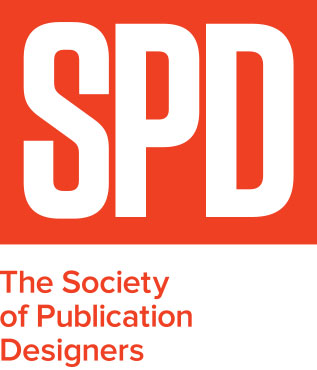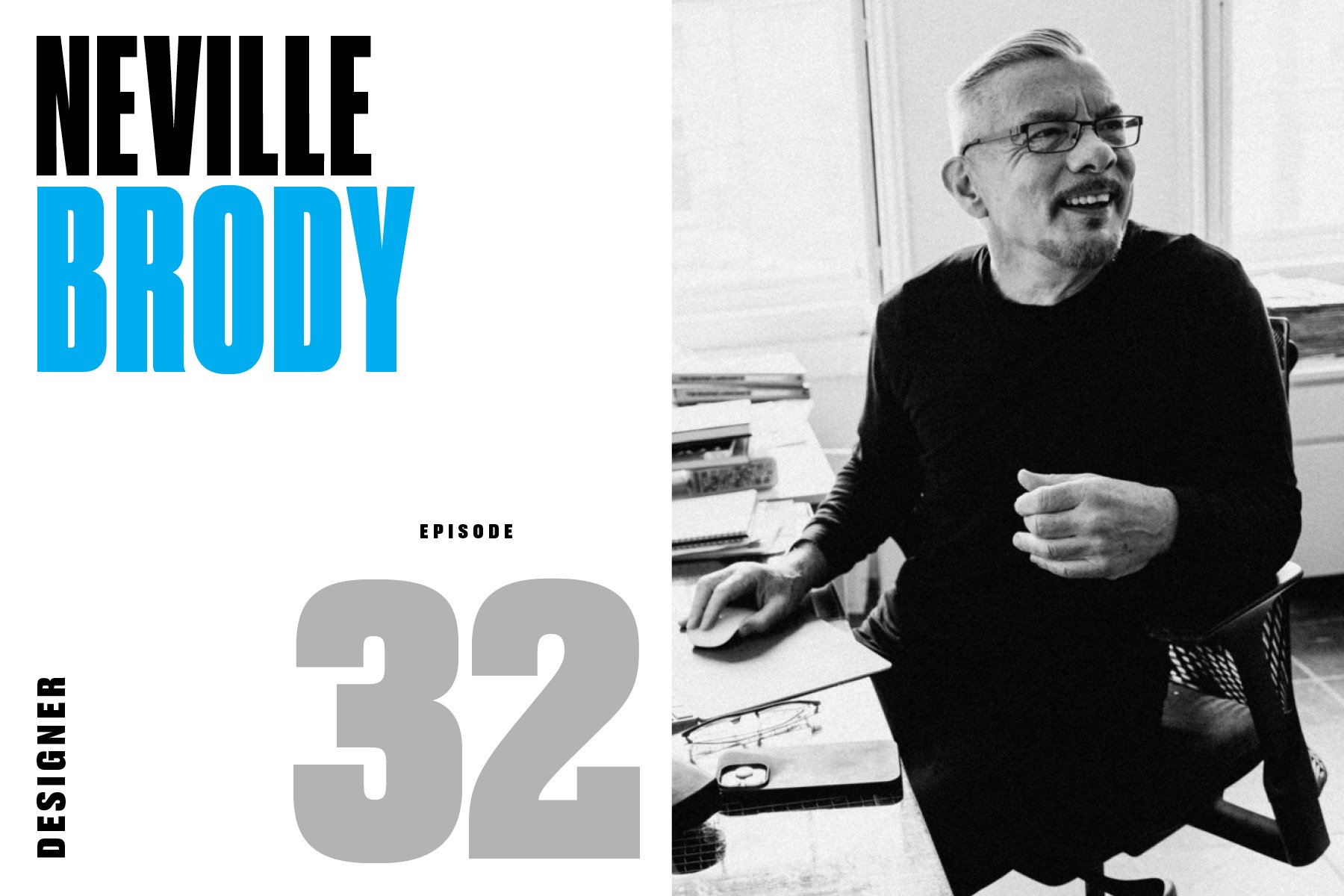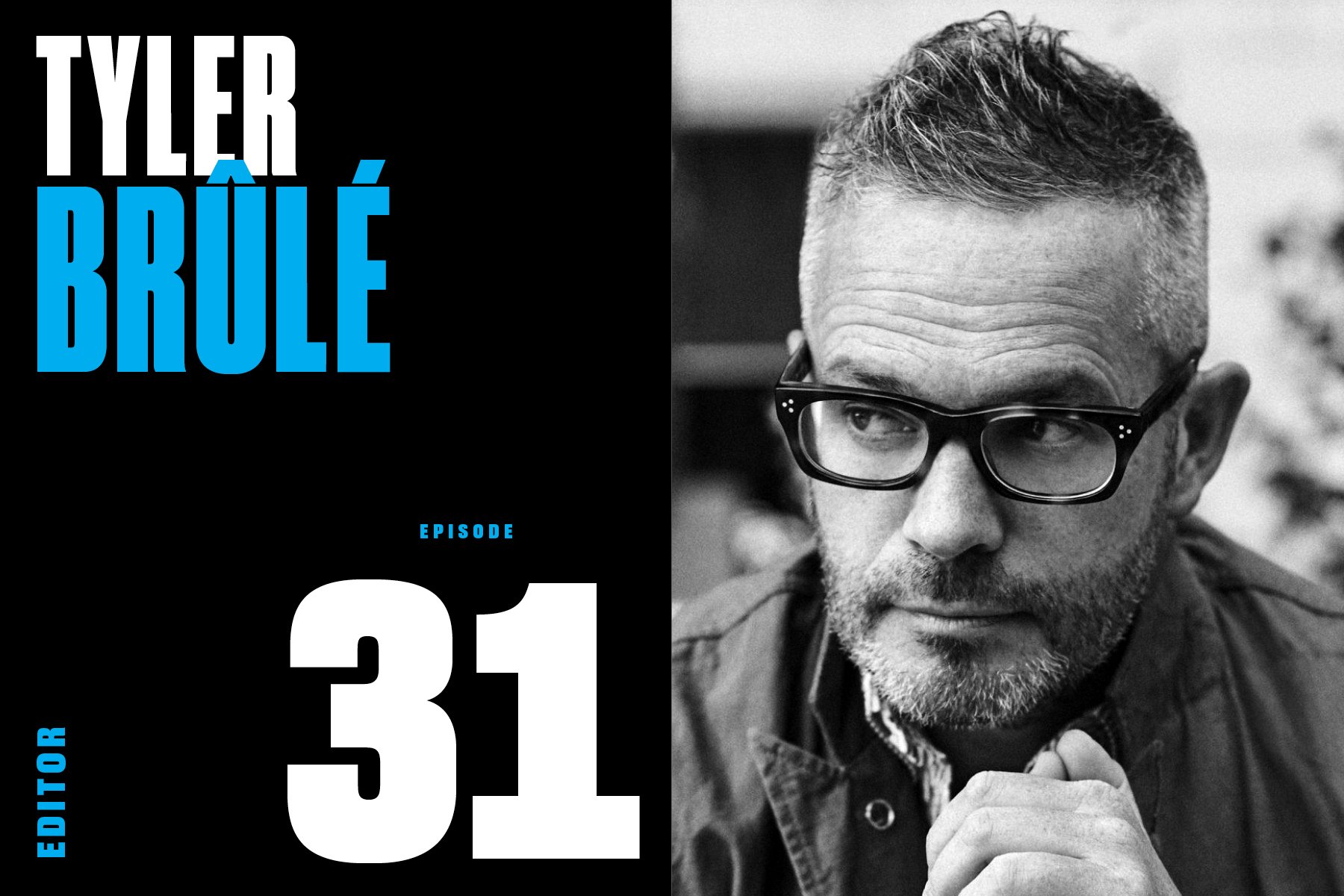Episode 56: Alan Webber & Bill Taylor (Founding Editors: Fast Company)
/In the summer of 1995, I got an offer I couldn’t refuse. It came from my guests today, Alan Webber and Bill Taylor, the founding editors of Fast Company, widely acknowledged as one of the magazine industry’s great success stories.
Their vision for the magazine was an exercise in thinking different. Nothing we did hewed to the conventional wisdom of magazine-making. Our founders came from politics and activism born in the ivy halls of Harvard. Our HQ was far from the center of the magazine world, in Boston’s North End—“leave the pages, take the cannolis.” And Fast Company was not a part of the five families of magazine publishing. It wouldn’t have worked if it was.
I was one of the first people Alan and Bill hired, and as the magazine’s founding art director, I could tell Fast Company was going to be big. And it was big. Huge, in fact. Shortly after its launch, a typical issue of the magazine routinely topped out at almost 400 pages. We had to get up to speed, and fast.
Its mission was big, too. Bill and Alan’s plan sounded simple: to offer rules for radicals that would be inspiring and instructive; to encourage their audience to think bigger about what they might achieve for their companies and themselves, and to provide tools to help us all succeed in work … and in life. Their mantra: Work is personal.
The effect, however, was even bigger. The magazine was a blockbuster hit, winning ASME awards for General Excellence and Design. It was Ad Age’s 1995 Launch of the Year. Bill and Alan were named Adweek’s editors of the year in 1999. It even spawned its own reader-generated social network, the Company of Friends, that counted over 40,000 members worldwide. And it brought together an extraordinary team of creatives who, to this day, carry on the mission in their own way—including the founders.
Nearly thirty years after the launch of the magazine, Alan is currently serving his second term as the mayor of Santa Fe, New Mexico. Bill is the best-selling author of Mavericks at Work, among other books, and continues to lead the conversation on transforming business.
We often said that Fast Company was the one that would ruin us for all future jobs. It was a moment in time that I and my colleagues will treasure forever. I am thrilled to be able to share that story with you today.

























